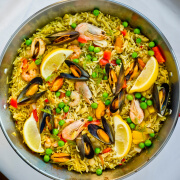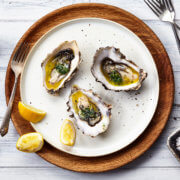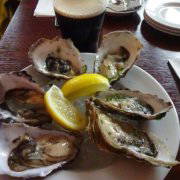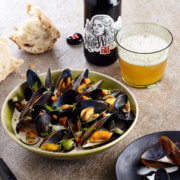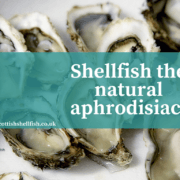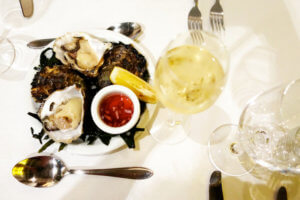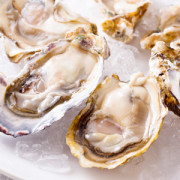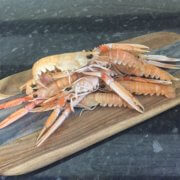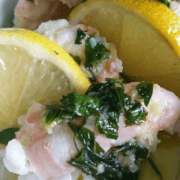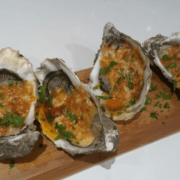Eat well, save money!
If you’re anything like us, you probably love food and hate waste. There are some quite shocking statistics out there about how much food is wasted every year. Last year, waste and recycling advisory body Wrap published a report which indicated that (when it comes to food) each UK family wastes over £470 every year. That translates to 7.3m tonnes of food, most of which could have been salvaged! This is especially shocking when you consider it comes at a time when both the use of food banks, and the number of families living below the poverty line, are rising.
Luckily, our collective consciousness is now well and truly tuned into this sad state of affairs. The government, supermarkets and independent food vendors now offer us lots of tips and tricks to make sure that we get the most out of the food that we purchase.
Good health, good planning
When it comes to shellfish, this is easy. If you start with the proviso that for good health, vitamins and long chain-omega-3 fatty acids, you should be eating two portions of fish a week, that’s a great basis for menu planning. And additionally, shellfish is low in fat and an excellent source of selenium, zinc, iodine and copper.
So far, so healthy. And there’s more good news. Today, seafood is very accessible. Because of its provenance, shellfish is often frozen. And frozen shellfish is available from all supermarkets, large and small. Fresh or frozen, it’s quite easy to gauge portion size for yourself and your family. And although we’re eating more and more seafood in general and shellfish in particular, these days seafood is still regarded as something of a treat, which generally means clean plates at the end of every meal.
Even if you do have leftovers, some menu planning means that your wastage will be nil. With a little care, your leftover shellfish will be as tasty and full of flavour for future use as possible.
- Rule number one with shellfish is to ensure that all leftovers are quickly refrigerated.
- Rule number two, don’t freeze them. Ice crystals will strip your cooked shellfish of its remaining flavour.
- Rule number three, take any leftover shellfish out of the shell before you pop it in the fridge; if you leave the shell on, the flavour can become too strong and spoil the delicate taste you expect.
So far, so delicious
So how do you use your shellfish leftovers? First off, eat them within two days of refrigerating. How you do that can be as simple or as complex as you want. Is there anything more delicious that a chilled cooked langoustine, straight from the fridge, dipped in hollandaise sauce? Or you can make soups, omelettes or salads with leftover mussels, prawns or crab. Mix your shellfish leftovers with mayonnaise for a delicious sandwich filling. Or try them with a cream sauce for an elegant starter. If you pop your leftover shellfish in at the absolute last minute, there’s no chance you’ll over cook them or spoil the texture. Less is more when it comes to shellfish.
Scottish shellfish recipes
We’ve got lots of great recipes you can try with your leftover shellfish. Have a look here for yourself. We’ve also handpicked a few for you too:
Your fishmonger or local market stall should be able to give you more ideas on how to cook your shellfish including your leftovers. And if you are especially creative and come up with your own recipes, please feel free to share them with us and spread the shellfish love!


